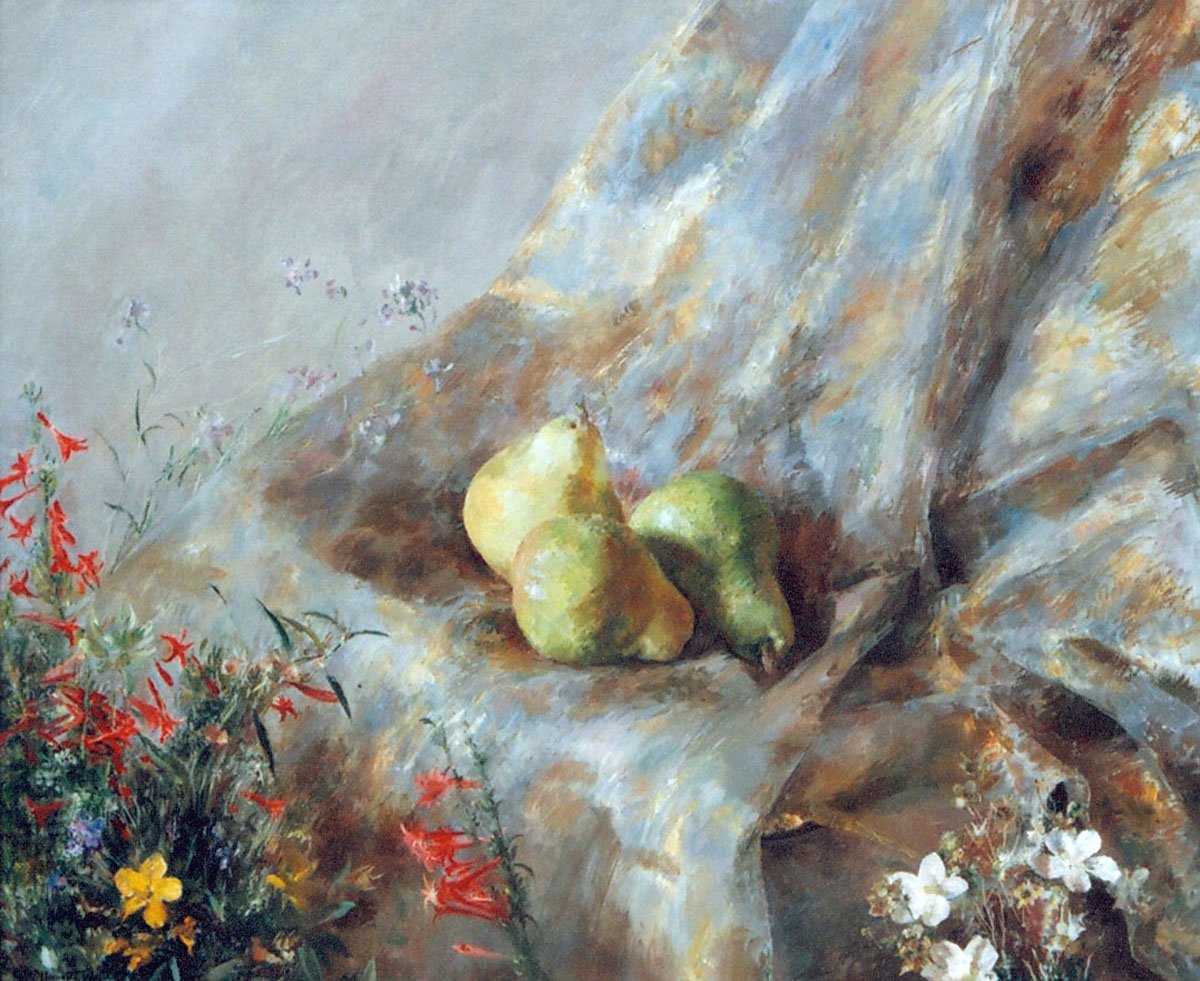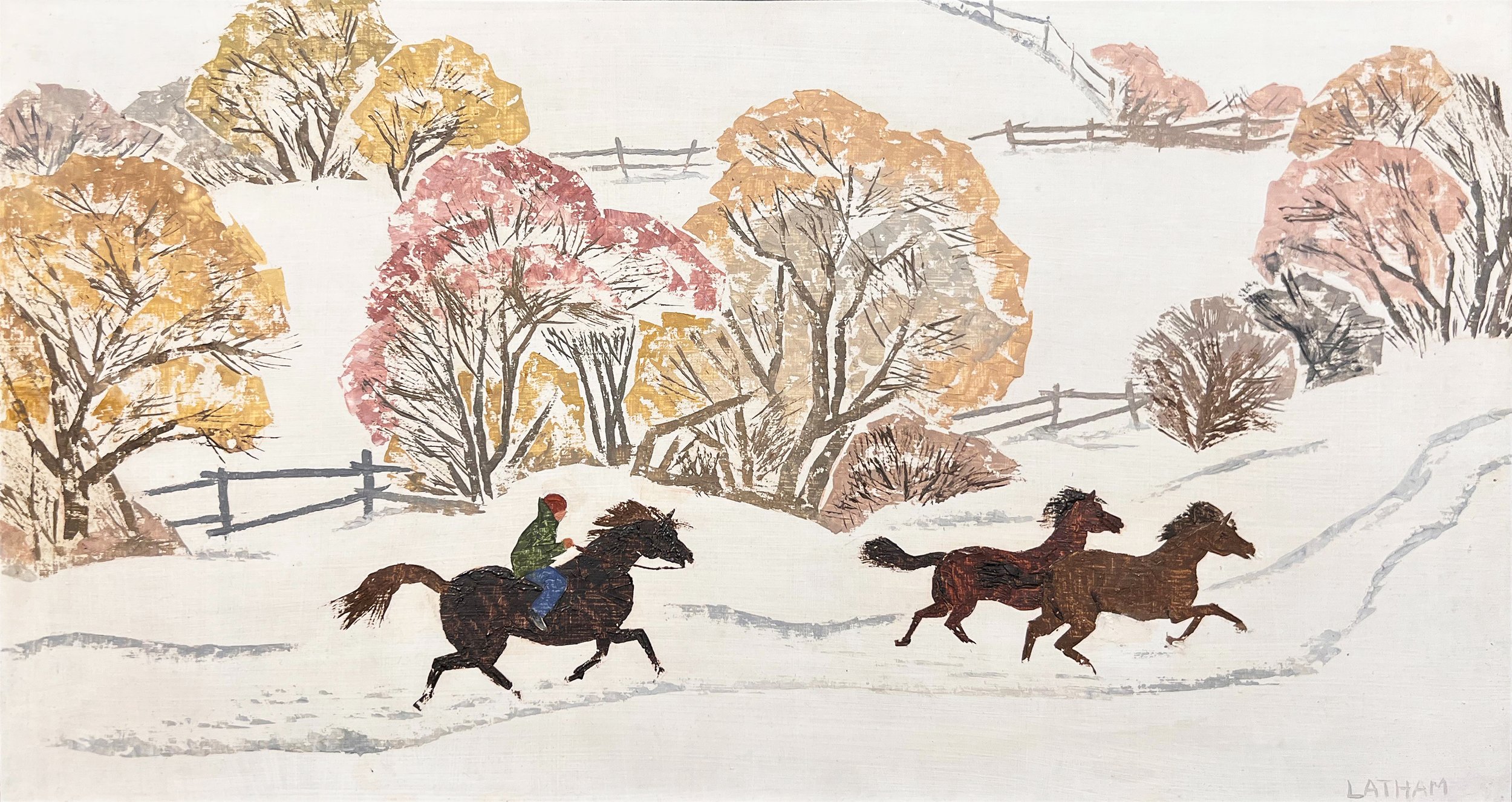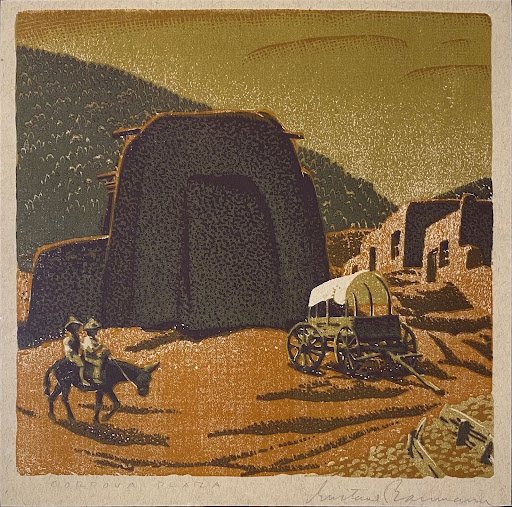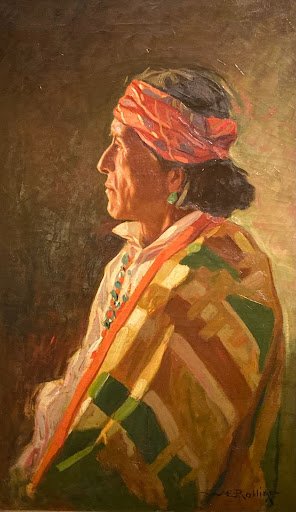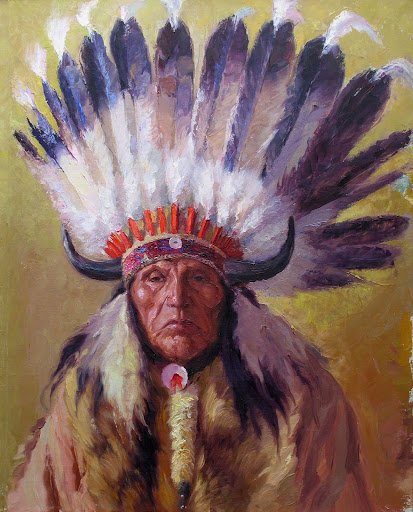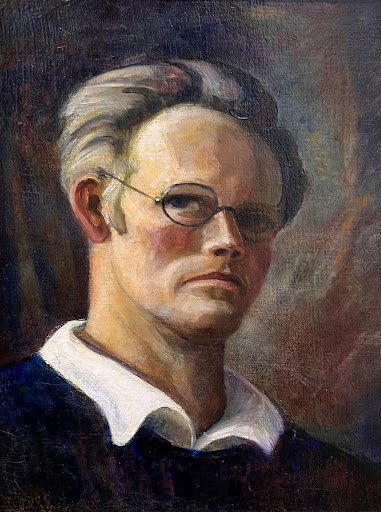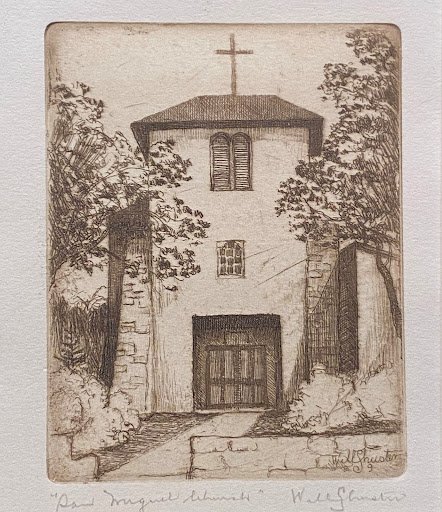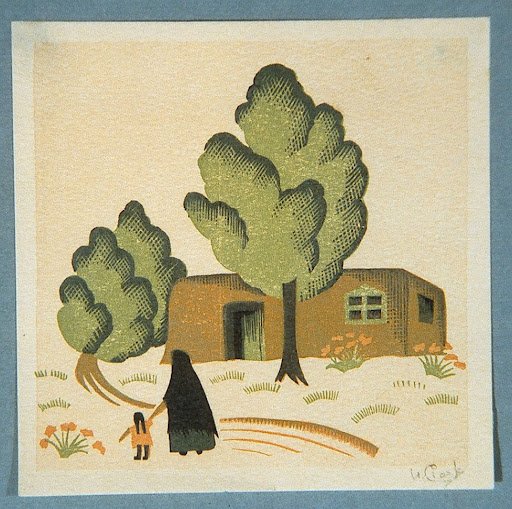For hundreds of years, Native artists resided in the Pueblos around Santa Fe developing their own art forms, and after the Gadsden Purchase made the Southwest a US territory, classically-trained artists frequented the region on short visits. Yet in the early 1900s, “Anglo” artists like Carlos Vierra, Warren Rollins, Gerald Cassidy, Sheldon Parsons and others began settling in Santa Fe more permanently.
The light and landscape, better cost of living, colorful and unfamiliar cultures, and dry climate that eased common illnesses were among the top draws. Coincidentally, this was occurring at the same time local Natives and townspeople realized the opportunity for tourism and promoting their own art, architecture and traditions.




